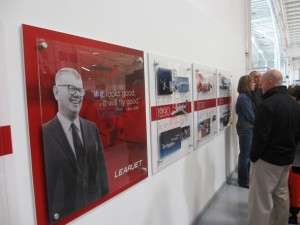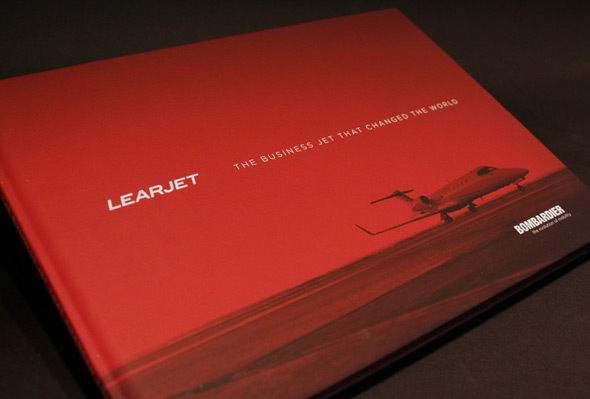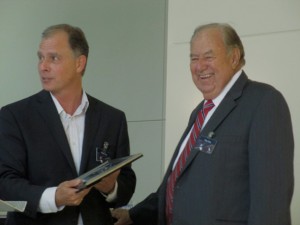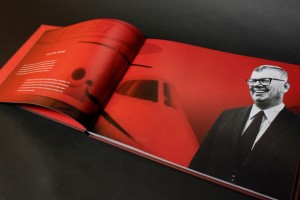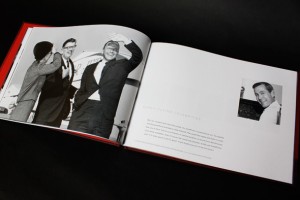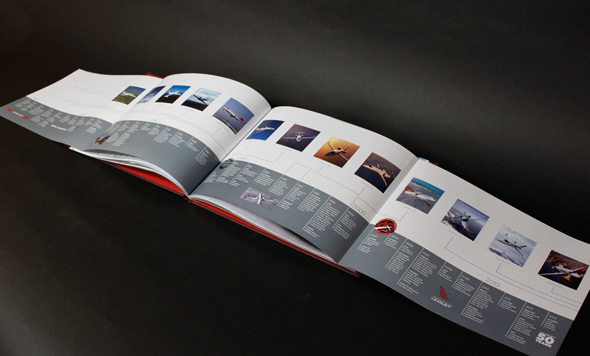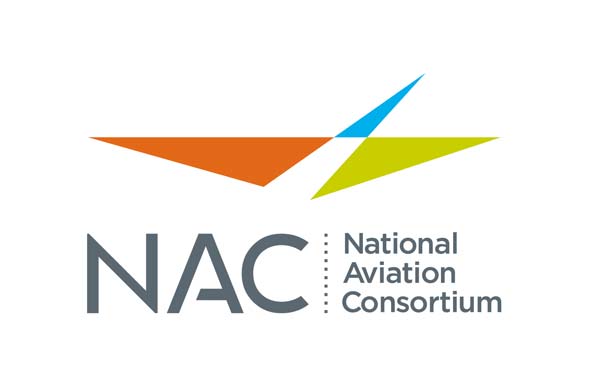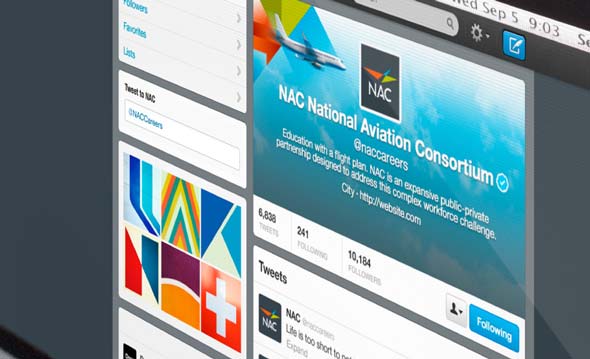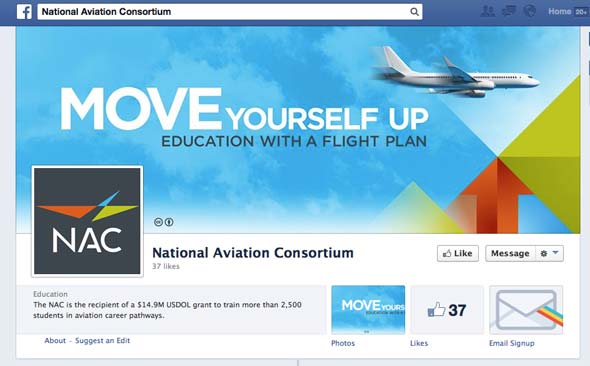Whether we’re talking about blog-software, such as WordPress.org, Drupal, or Joomla, or blog-sites such as WordPress.com, Blogger, even Tumblr; a few consistent problems crop up. Despite the strength of many of these platforms people have a hard time getting exactly what they want out of them. They can get complicated, and they can break in unexpected ways when simply trying to format text.
Recently Seth Godin wrote an article about the phrase “garbage in garbage out.” Specifically, he called attention to the passing of responsibility that this phrase can inspire. His frustration seemed to stem from a glitch in a blog post that caused problems in the software later on. The phrase “garbage in garbage out” was brought about to explain how computers are ruthlessly logical. They don’t tolerate mistakes. Seth argues that using the phrase to justify the presence of glitches is a volatile argument.
Blogger Beware
When it comes to blogs, the posting process can introduce mistakes. I’ve always found that, in the text-editor in WordPress for example, an unseasoned user can quickly cause confusing formatting problems when trying to handle headers and text-wrapping. At the end of the day, the text-editors are going to do exactly what they’re programmed to do when you click any given button, but it may not always be what you expect. These text-editors are developed to give the user as friendly an interface as possible, but one can’t account for millions of individuals’ interpretations of “user friendly.” This inevitably leads to frustration as unexpected results start to crop up while you’re just trying to write a whitepaper about your favorite gluten-free spot downtown.
Let’s say you just had your website revamped by an agency. They programmed your website on top of a WordPress install and taught you the basics on how to use it, including how to start a blog post. You decide to write your first post and within minutes you’ve managed to introduce a weirdly floating image, two lines of text that are inexplicably bold and italic, and four extra spaces between each paragraph. It’s maddening. You call the agency for help, and they reply with some version of the phrase “garbage in garbage out.”
First, hire a new agency. Give us a call, we won’t be like that.
In all seriousness, it’s easy for both parties to absolve themselves of this responsibility. Surely the agency should have known that this editor sucks, right? From the agency standpoint, surely the person writing the blog shouldn’t be trying to do complicated formatting without understanding a bit about the software, right? Both assumptions are correct.
Do the Work
In Godin’s blog he says, “The work of the middleman is to inspect and recover. If your restaurant gets lousy fish from the boat, you don’t get to serve it and proclaim garbage in garbage out. No, your job is to inspect what you get, and if necessary, change it.”
He’s absolutely right. The issue in our example is that there is no middleman. I’m not saying there necessarily needs to be a person between the agency and the blogger, but the role is what’s important. Godin implies that this “someone” needs to be capable of inspection, knowing the limitations of the software, and to be capable of making the necessary changes or fixes.
Most well known bloggers do indeed know the ins and outs of their software and very often understand some coding techniques. This is how their posts always come out well designed, eloquently worded and beautiful on all devices. Some companies that are starting blogs haven’t developed these habits yet.
So, does the agency become the “middleman?” Does it become responsible for checking each blog post before it’s posted? Is the blogger responsible for learning the software?
Talk Early in the Process
The answer: The agency and client should have discussed this eventuality. The agency is responsible for starting the discussion since it, presumably, has encountered these issues before. But both parties are ultimately responsible for finding a common ground that advances the client’s blogging success.
“Garbage in garbage out” still applies technically. The solution isn’t to use GIGO as a justification for blame. The solution is to realize the technical hurdles present and help the blogger successfully negotiate the minefield of blog-software text editing.
This doesn’t have to be a client/agency relationship either. These ideas would apply similarly to inter-company departments if, for example, you ran an agency where the primary blog-writers aren’t programmers.
A good friend once told me that a person shouldn’t be “anti” something. They should be “pro” something. When the goal is success rather than absolution of responsibility, the job gets done.


